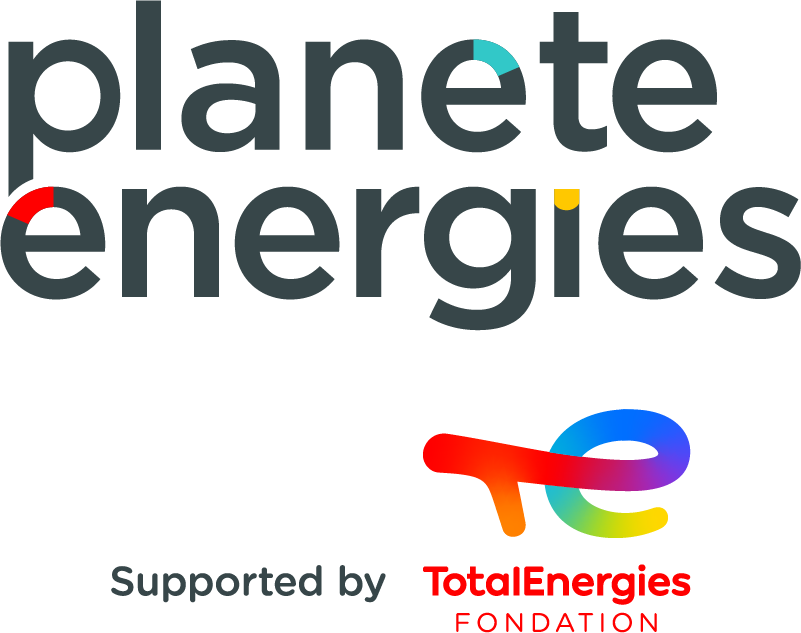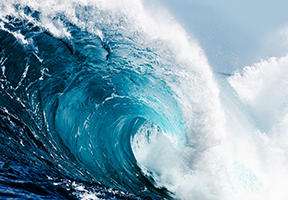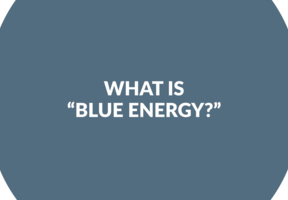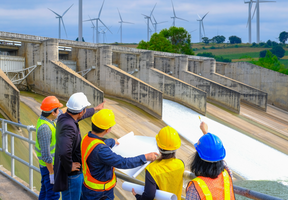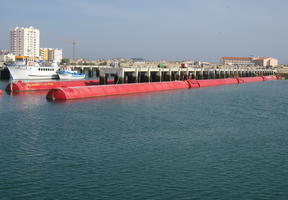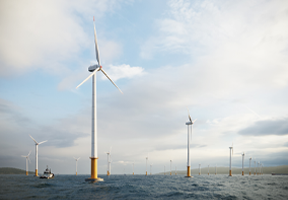Ocean Energy Challenges
5 min read
Ocean energies cover the many ways of harnessing some of the from the oceans and wind. They are excellent sources of and are almost inexhaustible. They are therefore a considerable asset in the and . But tackling the marine environment is not an easy task, especially if we are to respect the environment and .
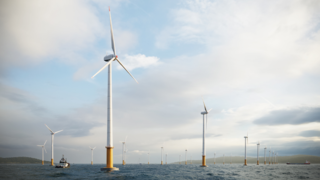
© Getty/Alvarez
The Potential Energy of the Oceans
Everyone knows what the power of a wave, the pull of a current or a strong sea wind feels like. If you think about these forces and the sheer size of the ocean – 70% of the Earth’s surface, nearly 1.5 billion cubic kilometers of water – it’s easy to imagine the amount of locked within these naturally occurring phenomena.
According to experts, oceans could technically produce 150,000 terawatt-hours (TWh)1 of energy per year, which is well above current global output of around 23,000 TWh. In theory, ocean energy could meet 650% of current electricity demand.
But in practice, it’s not that easy! Ocean energies, including offshore wind, currently represent less than 0.8% of global energy production. The most optimistic forecasts predict that that figure could exceed 6% in 2050. The road toward “blue energies” is still a long one.
Respecting the Marine Environment and its Biodiversity
There are many difficulties in harnessing the ocean’s energy to convert it into electricity:
- The technical complexity of installing heavy, complex equipment at sea, on the seabed or on the shore, which would involve significant financial investments.
- The fragile nature of the biodiversity in the oceans and shores that can be harmed by the facilities (subsea noise, danger of wind turbines for birds, etc.).
- The cost of maintenance implies operational vessels, even if digital technologies have now made remote procedures possible.
- Rapid of materials, called biofouling. This is the formation of a layer of very small living organisms - shellfish in particular - on artificial surfaces. One of the countermeasures is to improve the resistance of materials to external aggressions.
- The delicate balance in sharing areas with other marine activities including fishing.
Offshore Wind Energy
Classified as ocean energy, even if the wind is its driving force, offshore wind really stands out from the crowd. Its share in global power generation is still very low (approximately 0.7% in 2023), still far behind wind, but it is rapidly gaining ground. could be multiplied by 15 by 2040.
Offshore wind covers huge spaces with strong, steady winds and, usually at over 10 km off the coast, much more powerful wind turbines can be installed than those used onshore. In 2023, the record for the biggest wind turbine was held by a Chinese wind turbine installed in the Taiwan Strait, each of its blades measuring 132 m and the nacelle standing at a height of 152 m, i.e. the equivalent of a 52-floor skyscraper. Its capacity is 13 MW. Floating wind turbines, which are much lighter, are also rapidly expanding.
The North Sea was the birthplace of offshore wind and Europe still represents over half the global capacities, against the rapid expansion of China. The United Kingdom, Germany and Denmark are the major European leaders. Lagging far behind, France has only three operational wind farms but a target of around fifty has been set for 2050.
Energy from the Oceans, Currents and Waves
- Tidal Energy: the oldest type of ocean energy is tidal energy, which uses the movement of the tides in estuaries. Watch the video. But the capacities of facilities are still relatively limited, despite the impressive infrastructures. France was a pioneer with a plant on the Rance estuary in 1966. Its power is 240 MW, which is fairly low compared with that of a high-performance gas power station (600 MW). In the fifty years that followed, just one plant,at Sihwa Lakein South Korea, has (slighlty) outperformed La Rance. Ambitious projects of 1,300 or 2,000 MW are in the pipeline in South Korea or Great Britain, but they are having trouble coming to fruition, owing mainly to opposition from ecological movements concerned about the impacts on onshore ecosystems.
- Ocean Current Energy: based on marine current turbine technology, tidal stream “farms” just like wind or solar farms are already generating electricity worldwide. They are increasingly efficient, and the turbines reach capacities of 3 MW. There again, Europe was also a pioneer and still dominates ahead of China and Canada. In France, the most spectacular project is that of Raz Blanchard, north of the Cotentin peninsula, which was to receive 11 tidal stream turbines for a total installed power of 29.5 MW.
- Wave Energy: there are many different techniques to harness the energy from swells and waves (floating systems, water columns, surge systems, etc.). The theoretical potential is gigantic, but the problem is choosing the best techniques and the cost of facilities. Research continues to decrease the price of the kWh produced.
Video: Oceans are one of the inexhaustible sources of energy
Thermal, Osmotic Energy and Energy from Marine Biomass
Two other types of ocean energies are basically still at the study or prototype phase.
- Osmotic energy uses the difference in salt concentration between seawater and freshwater, which induces the movement of water through a semi-permeable membrane. A Norwegian company has tested a power plant in an estuary, but its development is held back by cost.
- Thermal energy from the sea uses the temperature differential in oceans between the warm surface water and deeper cold waters to produce electricity. Jules Verne referred to it in 1869 in “20,000 Leagues Under the Sea”! The United States and Japan are currently experimenting with this technology.
Finally, beyond power generation, researchers have been studying the use of marine biomass for years now, as the volumes in the oceans are gigantic. The difficulty often lies in an issue of scale. For example refining the from algae has begun in some sectors, with small volumes being produced at high added value. But the mass power production of biofuels and biomethane is still only in the research phase.
